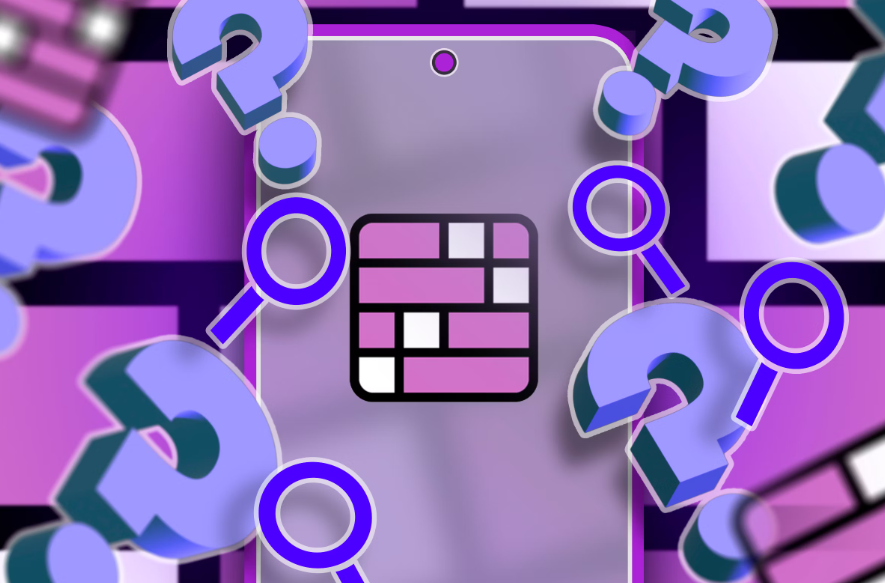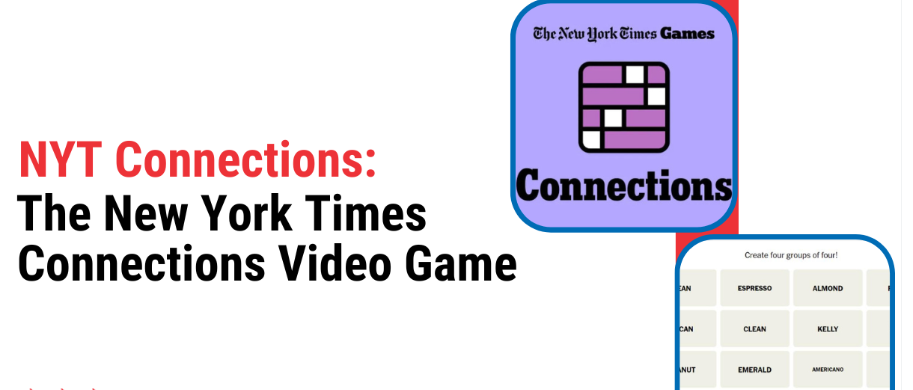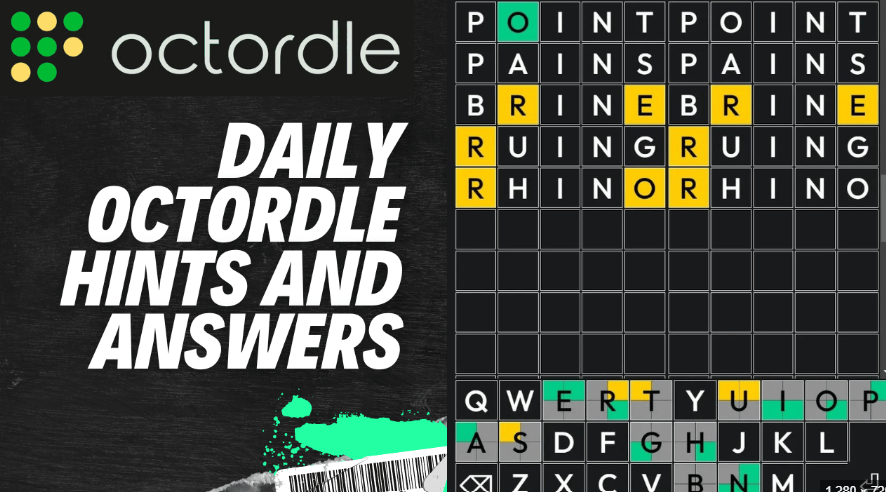Are you trying to solve the NYT Connections Hints puzzle from the New York Times? Connections is a true brainteaser, if Wordle seems like a vocabulary exam. Sorting 16 words into four related categories is a challenging task. While Wyna Liu, the puzzle editor, loves to keep you guessing with terms that can fit into numerous categories, there are times when the links are obvious. Are you prepared for a brain teaser? Explore Connections and try to solve the puzzle!
Do you enjoy playing Wordle as well? We’ve prepared the Wordle solution and tips for you today!
Are you looking for today’s solution and some Strands advice? After completing beta testing, this intriguing new game from the Times is now available on the NYT Games app. Explore to find methods and answers for being proficient with Strands!
NYT Connections Hint
The New York Times presents a special and unique feature of the available NYT connections hints. You are given 16 words, and your task is to arrange them in your mind by finding a common link between them. These relationships can even be created and categorised into more subtle relationships. This is a real brainstorm because few words can fit into more than one mind.

Tips for the NYT Connections Hint groups of today
Are you prepared to solve today’s Nyt Connections hint puzzle? These are the four groupings’ tips, arranged in order of difficulty from the simplest (yellow group) to the trickiest (and occasionally strange) purple group. Come on, let’s try to crack the code!
Yellow group hint: It’s time to wrap up.
Green group hint: Analyse your investments.
Blue group hint: Beware the Ides of March.
Purple group hint: Game on!
Answers for today’s Connections groups
Yellow group: Save for a later time.
Green group: Descriptives of resources.
Blue group: Common Latin words are in the blue group.
Group purple: ____ game.
What are the Connections answers for today?
Want solutions to the NYT Connections Hints puzzle for today? The summary is as follows:
Yellow Group: Put away and store for later use.
The responses are stow, store, stash, and squirrel.
Green Group: Asset-related adjectives
Toxic, liquid, frozen, and fixed are the options.
Blue Group: Latin terms in the Blue Group
Caveat, ergo, quid, and vox are the responses.
Purple Group: ____ game
Arcade, blame, numbers, and squid are the solutions.
Take a chance and attempt to decipher the code!
How to apply Connections
It’s easy to play, but it needs great effort to win. You must mentally categorise the sixteen words that you see into four categories that are connected. Select the four terms that you believe go best together. Every group has a different colour, but you won’t notice the differences until you see the solutions. The easiest group is yellow, which is followed by green, blue, and purple, which is the hardest. Read the words carefully and think about terms that are connected. Sometimes a word’s partial meaning reveals the relationship. One challenging challenge, for instance, grouped terms like “Rushmore” and “Journeyman” that began with the titles of rock bands. Jump in and give it a try!

Explore hidden connections between seemingly unrelated words in The New York Times’ beloved ” NYT Connections Hint ” puzzle, a daily challenge. Raising your scores can be enjoyable and fulfilling. Here are some crucial pointers to get you there:
1. Understand the Rules
Make sure you understand the guidelines completely before beginning the task. Making connections between words or sentences that have a similar concept is usually the aim. Learn the several kinds of links that are frequently employed, like synonyms, antonyms, or terms that fall under a particular group (e.g., animals, colours, countries).
2. Look for Common Themes
Identify possible themes first. Look at the list of terms to see if any clear groupings stand out. If you look at “Paris,” “Rome,” and “Tokyo,” for example, the topic might be “capital cities.” Sorting words based on similarity can make patterns easier to spot.
3. Use Process of Elimination
Use the process of elimination to reduce the number of possibilities if you’re stuck. Eliminate any terms that are obviously out of place with the possible subject you are thinking of. By using this tactic, you can stay away from red herrings and concentrate on the most likely prospects.
4. Think Outside the Box
Several relationships might not be readily apparent. Consider less obvious links, such idioms, cultural allusions, or historical ties. As an illustration, “Apple” could be associated with “Newton” instead of just other fruits, in reference to Sir Isaac Newton and the apple that fell from the tree.
5. Use Synonyms and Related Words
Think about related terms or synonyms that might work with the subject. If the word “joy” appears in the puzzle, consider alternative terms that also communicate enjoyment, such as “elation” or “glee.” This can help you see things from a different angle and connect dots that you might have otherwise missed.
6. Pay Attention to Word Placement
Word positions in the list may offer oblique clues. Words that are connected to one another may occasionally appear close to one another. Even if this isn’t always the case, it’s something to think about while solving the puzzle.
7. Practice Regularly
It takes practice to become perfect at anything. As you play “Connections,” you’ll get increasingly adept at identifying patterns and drawing connections fast. You’ll eventually notice an improvement in your results if you set aside some time each day for practice.
8. Stay Patient and Persistent
There are riddles that are easier to solve than others, so persistence and patience are key. If you are unable to complete the puzzle on your first attempt, don’t give up. If you need to, take a break and return with new insight.
You may increase your daily scores in the NYT Connections hint puzzle and your capacity to make connections by putting these strategies into practice. Cheers to your puzzle-solving!



